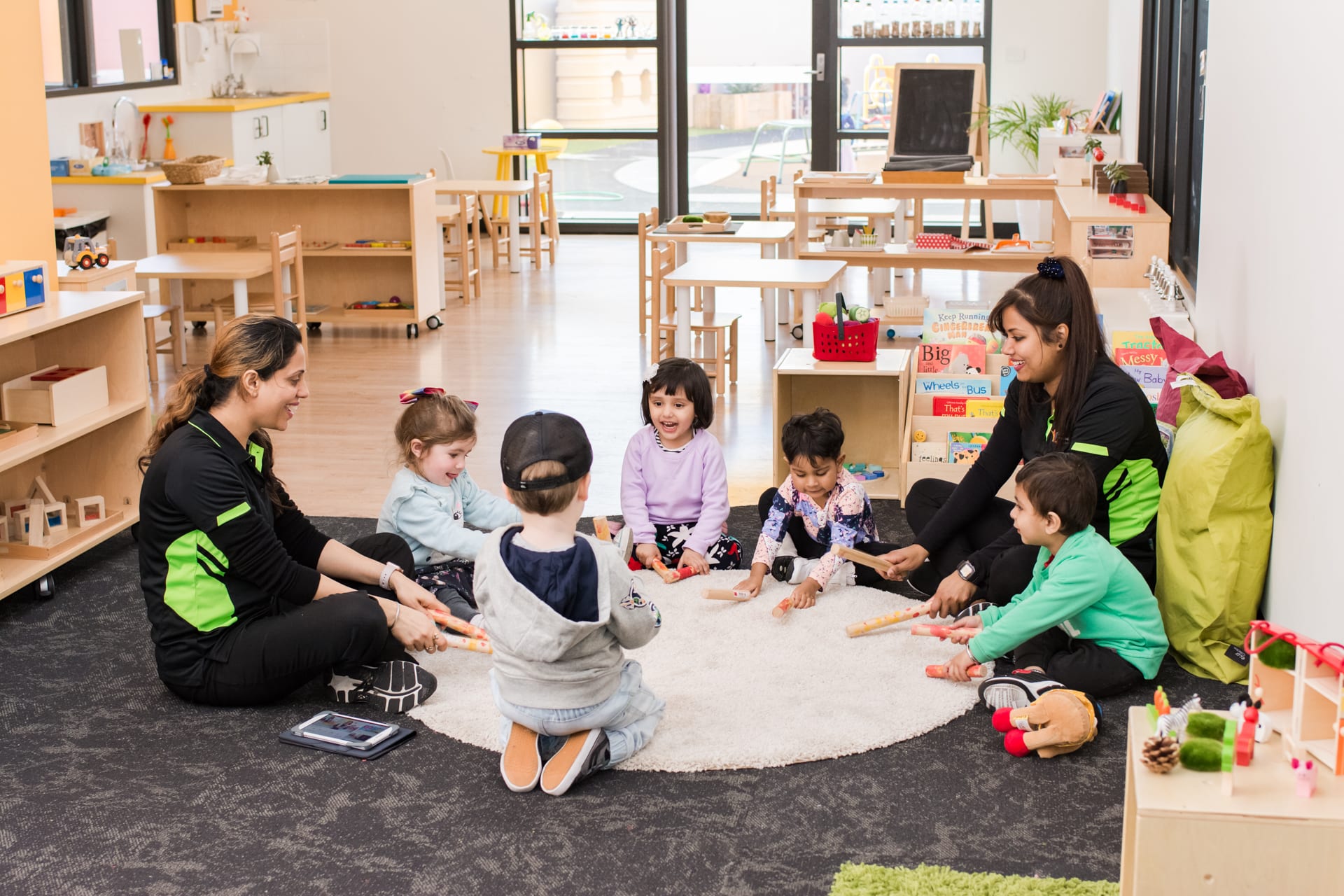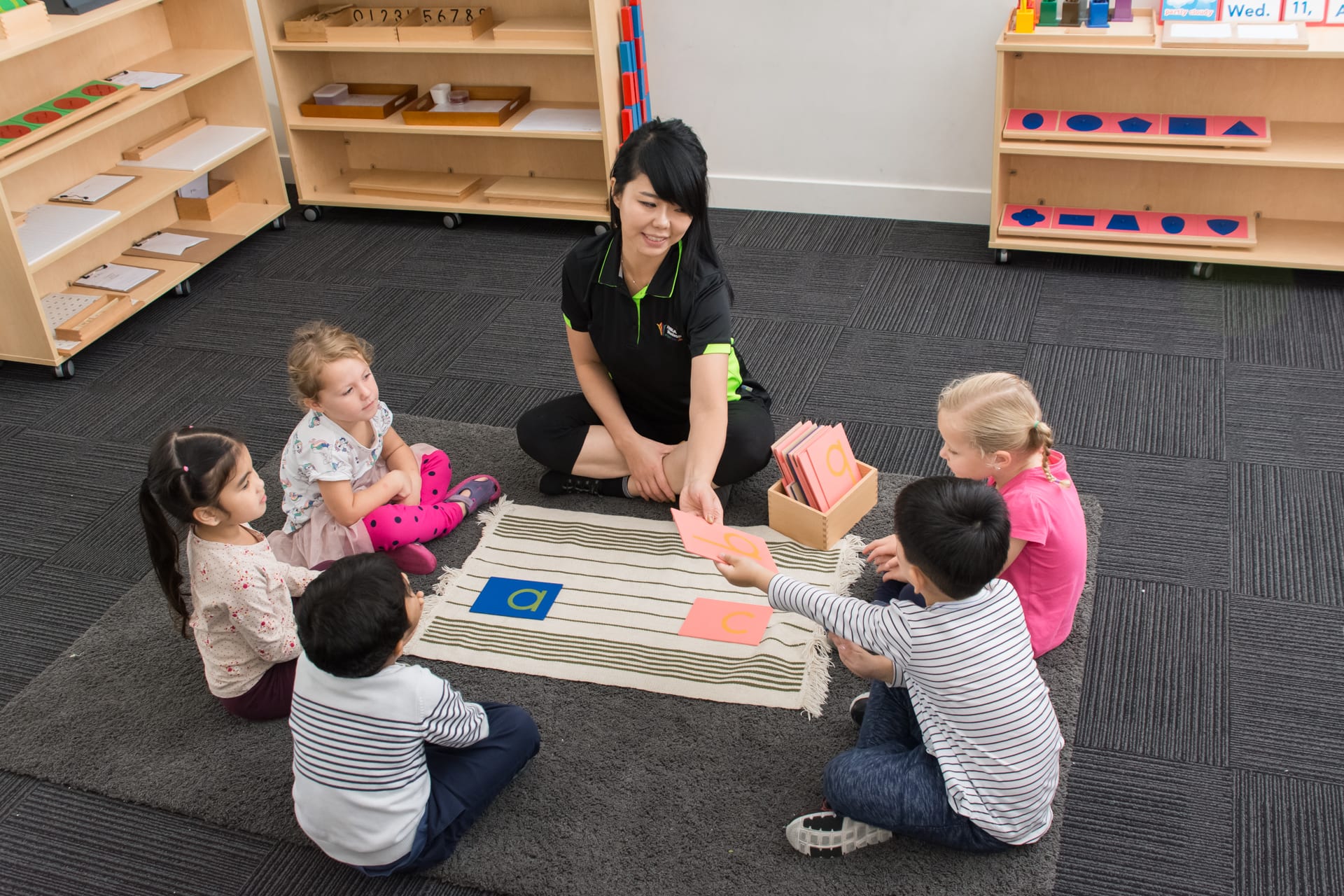What Is the Montessori Method ?
Montessori is a method of teaching developed by Dr Maria Montessori in 1907. Her educational methods are based on scientific observations of children’s natural learning tendencies and willingness to learn in prepared environments. Guided by her discovery that children teach themselves, Dr. Montessori designed the “prepared environment” in which children could freely choose from a number of developmentally appropriate activities.
What is a Prepared Montessori Environment ?
What is a Montessori Practical Life Area ?
Young children respond to practical life materials and exercises which allows them to:
- develop physical coordination (pouring, scooping and sorting activities);
- develop care for themselves (personal hygiene, dressing activities, grace and courtesy);
- develop care for the environment (looking after the classroom, looking after the garden); and
- learn the skills of washing a table and food preparation to develop hand-eye coordination.
What is a Montessori Sensorial Area ?
- the pink tower (series of ten sequential cubes, varying in volume);
- knobbed cylinders (wooden blocks with 10 depressions to fit variable sized cylinders);
- broad stairs (ten wooden blocks, sequentially varying in two dimensions); and
- color tablets (colored objects for matching pairs or grading shapes of color).
What is a Montessori Mathematics Area ?
What is a Montessori Language Area ?
What is a Montessori Cultural Subjects Area ?
- geography (map puzzles, globes, cultural suitcases containing country-specific materials);
- science, such as biology, which includes the naming and organizing of plants and animals; and
- music and art.
What are the Montessori Materials for Development ?
About Our Beautiful AMIGA Montessori Centres
The heart of the AMIGA Montessori method is the belief that children learn best when they drive their learning experience through their own interests and passions, at their own pace, and when their imagination is able to thrive without clutter or overload.
Professionally Trained Staff
Purpose Built Childcare Centres
Open for 52 Weeks a Year
Montessori Education Program
CCS - Child Care Subsidy Available
Government Funded Kindergarten Program
Meals Prepared and Cooked By Our Wonderful Chefs
Nurturing Young Minds


